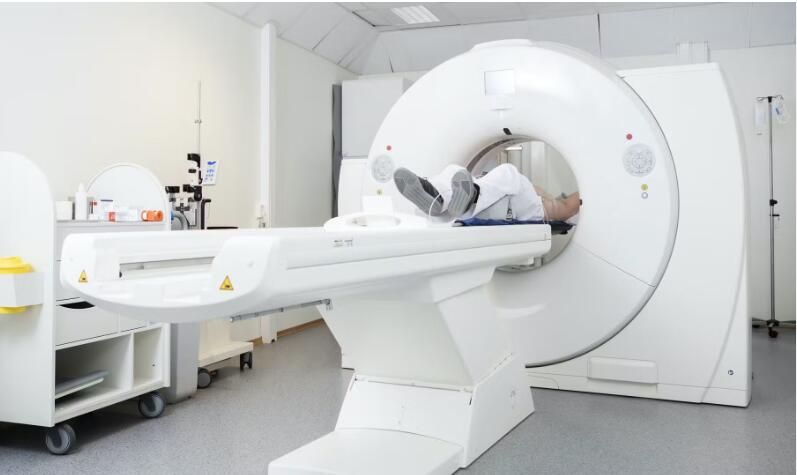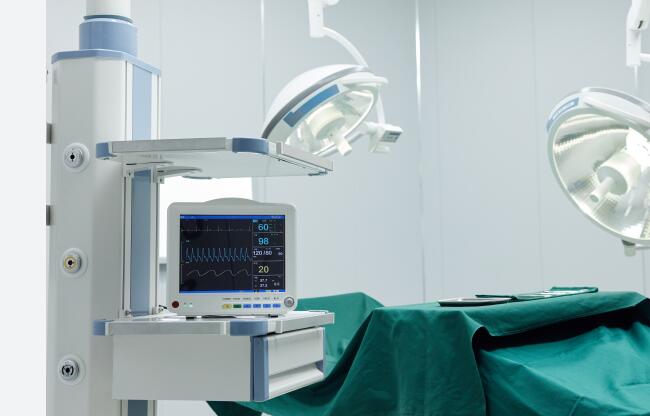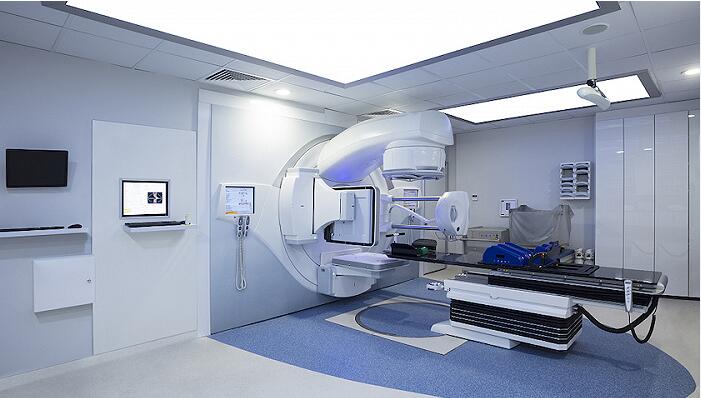Slip Rings: Enhancing Efficiency and Reliability in Medical Equipment
In the world of medical equipment, precision and reliability are of utmost importance. From advanced surgical robots to diagnostic imaging machines, these devices require seamless operation and continuous data transmission to ensure accurate results and patient safety. This is where slip rings come into play – providing a critical solution for the smooth and efficient functioning of medical equipment.

Applications in the Medical Field
ᅠ ᅠ ᅠ The medical industry heavily relies on slip rings to ensure the smooth operation of various equipment. Here are some key applications where slip rings play a vital role:

1. Surgical Robots: The use of surgical robots has gained significant popularity in recent years, providing surgeons with enhanced precision and control during complex procedures. Slip rings enable the transmission of power and data signals to the robotic arms, allowing them to move freely and accurately. They ensure uninterrupted communication between the surgeon’s console and the robotic system, enabling real-time feedback and control.
2. Medical Imaging Equipment: Advanced medical imaging devices, such as CT scanners, MRI machines, and X-ray systems, require the transmission of high-quality images and data signals. Slip rings facilitate the transfer of power and data to the rotating parts of these machines, such as the gantry or the rotating table, ensuring seamless image acquisition and transmission.
3. Patient Monitoring Systems: Slip rings play a crucial role in patient monitoring systems, which are extensively used in hospitals and healthcare facilities. These systems continuously monitor vital signs, such as heart rate, blood pressure, and oxygen levels, and transmit the data to a central monitoring station. Slip rings enable the transmission of power and data signals from the sensors attached to the patient to the monitoring equipment, allowing healthcare professionals to closely monitor and assess the patient’s condition.

Advantages of Slip Rings in Medical Equipment
ᅠ ᅠ ᅠ ᅠThe utilization of slip rings in medical equipment offers several advantages that enhance efficiency and reliability:
ᅠ ᅠ ᅠ ᅠ 1. Uninterrupted Power and Signal Transmission: Slip rings ensure the continuous transmission of power and data signals between stationary and rotating components, eliminating the need for cumbersome cables and minimizing the risk of signal loss or failure.
ᅠ ᅠ ᅠ ᅠ 2. Compact Design: Slip rings have a compact design, making them suitable for use in confined spaces within medical equipment. Their small size allows for easy integration and installation, without compromising the performance or functionality of the equipment.
ᅠ ᅠ ᅠ ᅠ 3. High Data Transfer Rates: Slip rings can handle high-speed data transfer, enabling real-time monitoring and communication in medical devices. This ensures accurate and timely data transmission, critical for precise diagnostics and patient care.
ᅠ ᅠ ᅠ ᅠ4. Longevity and Reliability: Slip rings are designed to withstand the demanding conditions of medical equipment, including high temperatures, vibrations, and continuous operation. They are built to last, ensuring the reliability and longevity of the devices they are installed in.
ᅠ ᅠ In conclusion, slip rings play a crucial role in the efficient and reliable operation of medical equipment. Their ability to provide uninterrupted power and data transmission between stationary and rotating components enhances the performance of surgical robots, medical imaging equipment, and patient monitoring systems. With their compact design, high data transfer rates, and long-term reliability, slip rings have become an indispensable component in the medical industry, ensuring accurate diagnostics, precise surgical procedures, and improved patient outcomes.
